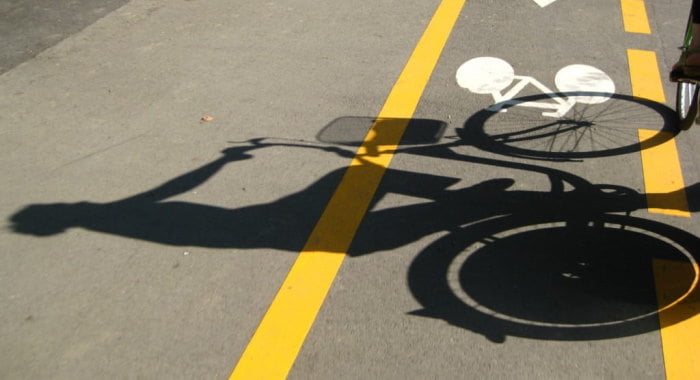A real global revolution is underway to reinvent city centres, a slow one perhaps, but still very real. Paris has grand car-free plans, Amsterdam is becoming increasingly less open to traffic, and Seattle is closing roads and areas vehicles.
There are more and more cities around the world that are staring to make bold moves to remove traffic from areas in the centre. City leaders and the public are taking steps to make their urban areas much less car friendly, and much more focused on new public spaces, pedestrian areas, cyclists and public transport.
Surely, it’s the kind of change that the small, forward facing cities of the Baltic States should be right at the forefront of, striking out boldly and making the kind of changes that are much more difficult in major metropolises.
That’s not quite how the mayor of Tallinn, Mihhail Kõlvart, seems to see it though. While the city government is planning to create a city centre cycle path network, but they aren’t going to do anything overly ambitious or bold very quickly.
Speaking to Pealinn, a regional newspaper, on Tuesday, Kõlvart said: "We definitely can't make radical decisions or take away half the space [for cars] and give it to cyclists. Tallinn is like a bow tie in shape, and the most narrow area is in the center city. We also need to take into account that 30 percent of the traffic comes from outside of Tallinn. The shape of the city means that the traffic load is extremely heavy on the center city."
On the topic of cycling, it might be easy to dismiss the idea of increasing cycle paths in cities where the weather is less than tropical, but in the same interview Kõlvart explained that the number of cyclists in Tallinn in actually increasing a lot, which is why more cycle lanes makes sense.
"We are planning to create a bicycle lane network to the center city. In the future, every big road construction will bring along a well-thought-out solution where there's a place for public transport, cars and cyclists.
Initially, we want to build so-called optimal quick solutions in the city, which use different ways for cyclists to create their own space for commuting. Currently, cyclists drive next to cars, which is dangerous for cyclists, or next to pedestrians, which is dangerous for the latter. Electric scooters are particularly dangerous for pedestrians.”
The work to implement those quick solutions is planned for June, and it’s easy to see why the planning might prove difficult. It’s simply not possible to fit the same amount of pedestrian walkway, and the same amount of roadway for cars, and also add a cycle path and increase public transport, something has to be reduced and the most sustainable choice would be the cars.
It’s great that Tallinn is doing something, and improving infrastructure for cyclists can definitely be seen as a step forwards in reducing traffic, lowering emissions, and improving quality of life in the city centre.
On the other hand though, it’s kind of a shame that they don’t have more ambitious immediate plans. It should relatively easy for a city with a population of less than half a million, especially one that is aiming to be European Green Capital in 2023, to become largely car free, improving pedestrian access, integrating cyclists in a safe way, and becoming a leader in public transport.
